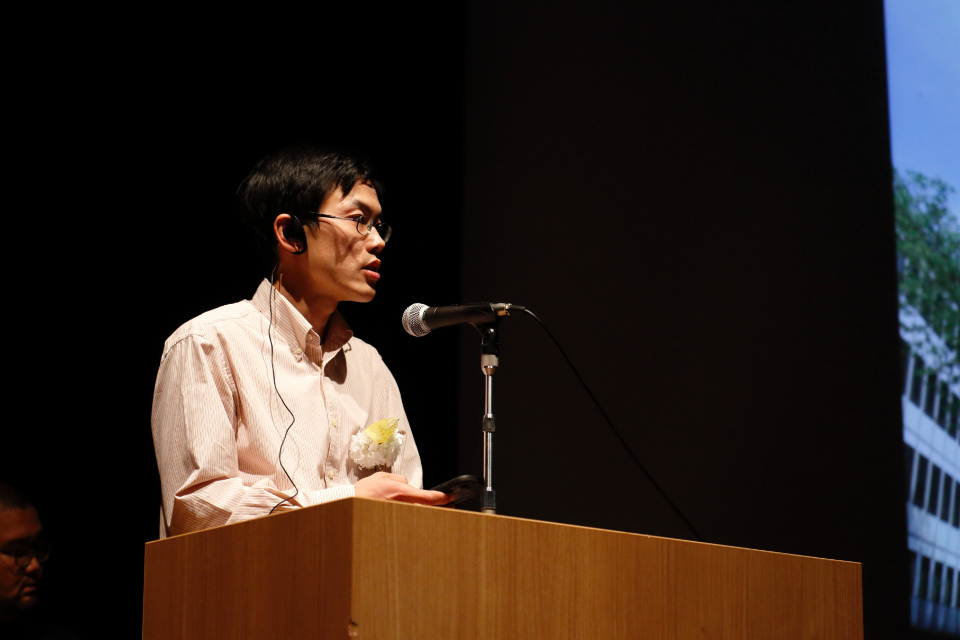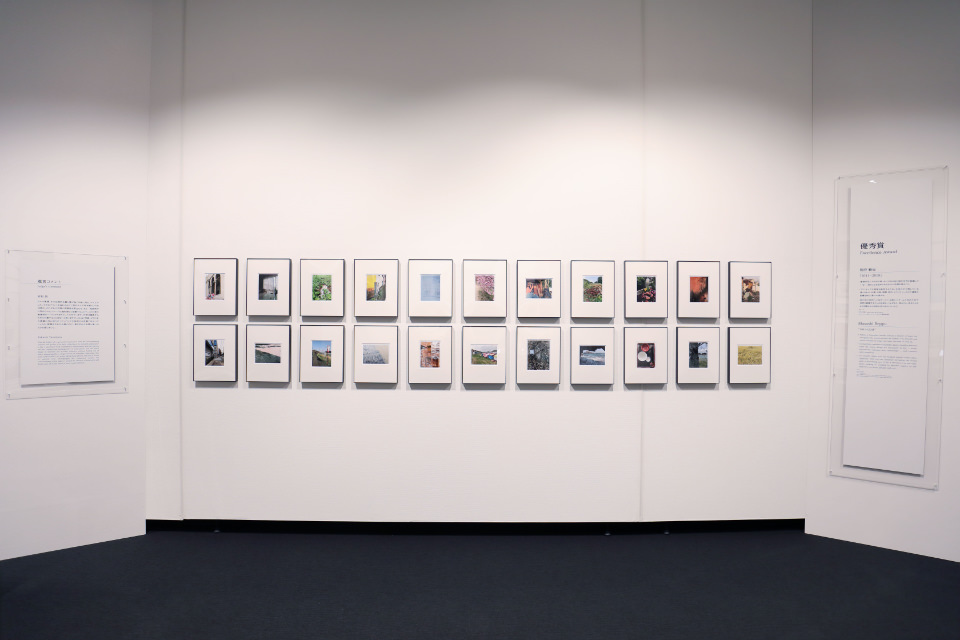PRESENTATION
My photos have no particular nouns or verbs. If we accept that photos are a record of some event, then it's safe to say nothing unusual or rare occurs in my photos. That's because on an unconscious level I have eliminated any such distinctiveness or uniqueness. Even my awareness of ‘taking a photo' is rather dim. Moreover, my photos are neither an expression of my own personality nor a means to express some special concept. In short, what I seek is abstract connections with objects and the ineffable.
My interest in these connections is triggered by something I simply call beauty. I say this even though what I photograph is far removed from things conventionally recognized as beautiful. Many conventions dictate what we think of as beautiful. By purposefully divorcing myself from these conventions, I try to approach the abstract beauty, the universal beauty, that each object itself furnishes.
Many people before me have grappled with this question of beauty. For example, this question has been raised in modern art history as an issue encompassing images and symbols in paintings.
Although photos do capture things material and concrete, I don't care what that specific thing is. If meaningless images are captured in photos, and, furthermore, if they have no consistent or unifying features or traits, then this prevents them from being consumed as a single symbol. For me, it is best when images or symbols are meaningless and chaotic.
Photos are in one sense scenes at a particular time in a particular place, but simultaneously they are real objects — as prints materialized by cameras, printers, and other devices. The inherent duality of photos is important to me. The greater the inconsistency between the two, then the more we will be forced to take notice of each aspect, and, thus, both aspects. This approach ultimately lets the real object of a photo further manifest its presence. It is not unlike dialectics, where two people with opposing opinions deepen their thought through dialogue. Moreover, this is a dialogue that stretches to infinity, without ever reaching a conclusion.
When I photograph a scene, or when I arrange photos to compose an exhibit, decisions about what parts of the scene to include in the frame and what to leave out and decisions about which photos to place side by side — these decisions are highly objective and personal. Nevertheless, in these decisions, I dislike relying on external rules or some random methodology. Rather, I want to extend the dialogue with objectivity and universality by deliberately becoming absorbed in my own actions: as a salutary reminder of just how small my own existence is in the face of nature; as an endeavor to get closer to a true understanding of this fact.
What I'm trying to say is that in any given instant everything is equally beautiful. We are controlled by all manner of things, and, consequently, it is hard to maintain this recognition at all times. And this is precisely why we must contrast one thing with another, view them from different angles, deny them, and seek out the new. This, I believe, is the history of art.


Judges’s Comment
Takashi Yasumura (selector)
Your submission was a file folder crammed with tiny photos. More and more photos kept on emerging with each turn of the page. I clearly remember each page pulling me deeper and deeper into the work. As you said in your presentation just now, you don't take photos for self-expression and you don't use photos to tell a story. I found that aspect to be very novel and fresh. Because you deliberately try to keep your own consciousness out of the work, I felt absolutely no sense of desire or want in your work. That lack of desire, in my opinion, showcased magnificently the essence of photography as a medium — the objectivity of capturing something irrespective of the photographer's consciousness.
The impression of the file folder was mind-blowing, but the photos in the exhibit were highly selective. What criteria did you use to choose the photos for the exhibit? Some self-consciousness seems to have seeped into the selection process, and from the viewer's perspective, a common thread can be seen running through the exhibit's photos. On the other hand, the file folder's presentation avoided the temptation to create a flow or relationship. I think it would have been fascinating if that lack of flow had been visible in the exhibit.
(Beppu)
I considered exhibiting just four photos at first. But I realized that would be too few. With the size of the wall in mind, I added more photos until I wound up with the final 22. I chose the photos with an awareness that, first of all, the file folder already existed and with the idea of composing the exhibit so I could tell a story with just the surface of the wall. My entry had about 600 photos. But I actually made around 1,800 prints, with three prints of each photo. I spread them out over the floor of an entire room and arranged them that way. With the exhibit, I wanted to emphasize that it was constructed of photos, as real objects, right before your eyes.
When it came to exhibiting my work on a wall, I didn't want to present the work on the basis of its volume. I thought that if I exhibited a huge mass of photos, the deliberateness of my action would unavoidably come to the surface. So instead I decided to pare down the numbers and try to tell more of a narrative.